 By Janine Kohn, DNR, Project WET Program Coordinator
Don’t think it is too early to start thinking flowers, habitat and pollinators. Now is the perfect time to start planning your connection to summer by planting a pollinator garden. Pollinators play a huge and important role in our environment.
What is All the BUZZZ?
Birds, bats, bees, butterflies, and beetles (the Birds & the B’s) are among many species that pollinate plants. These critters are responsible for bringing us one of every three bites of food we eat! Imagine that…they assist in sustaining our ecosystems by helping plants reproduce. Not to mention, they are fun to observe as they make their way around the backyard and your communities!
Resources
For those interested in planting a backyard pollinator garden, check out Blue Thumb for resources, and some amazing upcoming workshops!
The Conservation Blueprint is a wonderful resource on a variety of topics ranging from planting your own garden, learning about a variety of plants & what they attract, controlling invasive species, and best practices for providing a diverse habitat.
Monarch lovers - check out Monarch Joint Venture to learn about the serious declines in monarch numbers and habitat. See resources there for both research-minded folks & those interested in population dynamics, ecology, breeding and migrations.
Educators-want to learn how to engage students and discover grant opportunities for classrooms? Check out the Pheasants Forever’s Pollinator Outreach Program. By getting younger generations involved, we are sustaining pollinator protection & engagement for years to come!
Lastly, do not forget DNR’s very own Prairie Podcast, as they share tips and tricks, expert talks, and places to explore the prairie ecosystems in Minnesota:
Whichever the resources you choose, explore ways you can learn and get involved. The pollinators are excited to meet you!
REMINDER:
Pollinator Week 2022 kicks off June 15… How do you plan to celebrate?
Join the BUZZ in Hastings, MN at Spring Lake Park Reserve on June 15, 2022, 10 - 4 pm for a kick-off event!
Phase 2 of the National Flood Insurance Program's (NFIP's) new pricing methodology, Risk Rating 2.0: Equity in Action, starts on April 1, 2022. All renewals of existing policies in the next year will be transitioned to the new pricing methodology.
This includes all current Preferred Risk Policy (PRP) customers (over 65 percent of Minnesota NFIP policies). Current PRP customers will be able to personalize their flood insurance coverage.
Here are 7 things you should know:
- You can now choose your building and contents policy limits and deductibles.
- Your insurance rate is based on your property’s unique flood risk.
- Your insurance rate now incorporates more flood risk variables, rather than just your property’s flood zone.
- You will see claims history considered in the premium if the property has two or more flood losses, with one loss under the new pricing methodology.
- You may be eligible for a Community Rating System (CRS) discount if you live in a participating community, regardless of flood zone.*
- You may be able to take advantage of mitigation discounts, such as elevating machinery and equipment, or installing proper flood openings.
- Your renewal premium may be lower, remain the same, or increase. Premium increases will be gradual and subject to the rate caps imposed by Congress, most within the 18% annual cap.
*In participating CRS communities, full risk premiums are discounted to reflect the reduced flood risk resulting from the community's mitigation efforts that exceed minimum requirements of the NFIP.
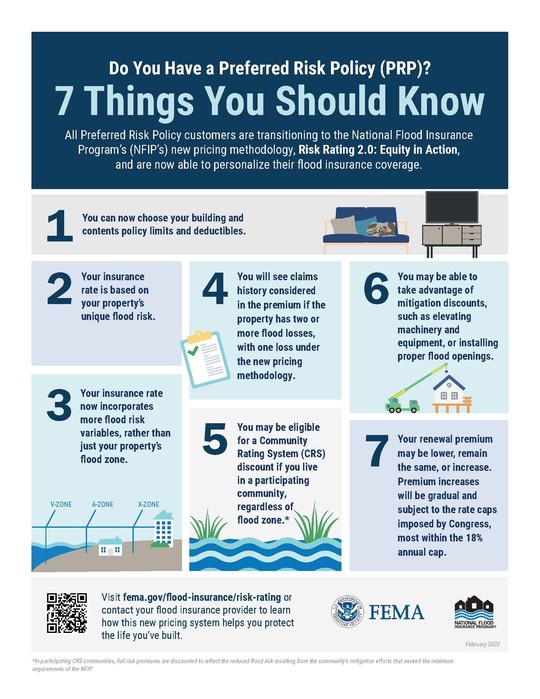 For more information:
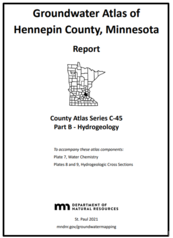
The Minnesota Department of Natural Resources has published the Groundwater Atlas of Hennepin County. This atlas covers groundwater conditions and sensitivity to pollution, expanding on the geologic atlas for Hennepin County previously published by the Minnesota Geological Survey.
The groundwater atlas can help identify viable water sources, evaluate supply, identify recharge sources and flow, manage sustainability, guide decisions for well and septic system construction, assist in well head protection for public water supply, and assess pollution sensitivity.
The atlas is available online and in printed form:
|
For more information on the program, visit the County Groundwater Atlas page of the DNR website
The Minnesota Environment and Natural Resources Trust Fund and Clean Water Fund provide partial funding for this project.

The ASFPM Foundation Future Leaders Scholarship (FLS) has been established to provide financial support, mentoring and professional opportunities to undergraduate students who will grow to advance the vision of the ASFPM Foundation. The ASFPM Foundation’s vision focuses on reducing the risk and impacts of floods on people and communities.
ASFPM Foundation FLS key features:
|
- Up to $20,000 per year for two years available to a student entering their junior year in a 4-year undergraduate degree program or entering the last two years of a 5-year or dual degree undergraduate program. The scholarship will pay tuition and living expenses.
- For any degree program that supports the Foundation’s vision of reducing the risk and impacts of floods on people and communities. The FLS is not just for engineers.
Visit the FLS page for details. See a PDF of the application. An online application is required.
Application deadline is April 18, 2022. Email asfpmfoundation@flood.org with any questions regarding the Future Leaders Scholarship.
|
By Mary Juhl, Board of Water and Soil Resources
|
The Minnesota Board of Water and Soil Resources (BWSR) is now accepting applications for water storage grants to help make landscapes more resilient to severe weather events. Eligible applicants include soil and water conservation districts, watershed districts, counties, watershed management organizations, and tribal governments with a state-approved, locally adopted water management plan.
The state is experiencing more frequent and intense rainfall events, resulting in negative impacts to agriculture and infrastructure, significant erosion along riverbanks, and declining water quality. The state Legislature passed bipartisan legislation this year allocating $2 million to BWSR to develop a water quality and storage pilot program to address these challenges. Approximately $1 million is available for the first round of grants opening this week.
“Water storage projects offer multiple benefits to communities and farmers, such as protecting infrastructure, improving water quality and controlling water rates,” BWSR Executive Director John Jaschke said. “Investing in water storage projects will help prepare Minnesota communities to handle the effects of these increasingly heavy rainfalls.” |
|
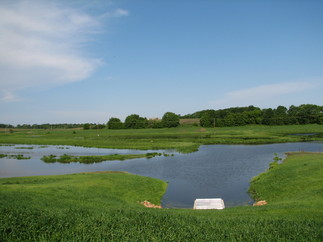 |
Applications will be accepted through 4:30 p.m. on April 4. Applications must be submitted through eLINK, BWSR’s grants management system. More information on how to apply can be found here.
Learn more about the state’s climate work by visiting climate.state.mn.us
Goodbye to Suzanne & Welcome to Anne!
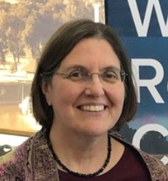
Suzanne Jiwani Retired
Suzanne came to the DNR's Floodplain Program in 2001, after many years of experience in the private sector, and has had a key role in building our floodplain mapping program to what it is today. She has been invaluable in helping Minnesota to get a great start on our goal of accurate flood risk mapping statewide. Her many honors include: being selected to participate on the national Technical Mapping Advisory Council (TMAC) for several years, the Dave Ford award for Outstanding Achievement in Water Resources and Minnesota Association of Floodplain Managers (MnAFPM) Floodplain Manager of the Year.
Although Suzanne will work a limited number of days over the next year as part of a post-retirement option, we will miss her great knowledge and "can do" attitude going forward.
Editor's note: After collaborating from the other side of a partition with Suzanne for the better part of 20 years, lengthy rides and teaching many classes together, it just won't be the same...
|

Anne Toftegaard joins the Floodplain Mapping program
We are excited to have Anne join the floodplain mapping program! Anne has been doing modeling and engineering at Minnesota DNR for several years, and in the consulting industry before that. Her previous experience has given her a solid foundation in multiple software packages, adding important technical depth and experience to the unit.
Anne has already been heavily involved in the Twin Cities Mississippi River HUC8 mapping effort and in internal modeling and model reviews. She will also be involved in Base Level Engineering HEC-RAS modeling for Discovery projects for the Rum River and Otter Tail River HUC8 watersheds, and XP-SWMM modeling for Cook and Lake Counties.
|
Risk Rating 2.0 in effect for all new and renewing policies on April 1, 2022 (no fooling!)
Timing of FEMA's new flood insurance ratings:
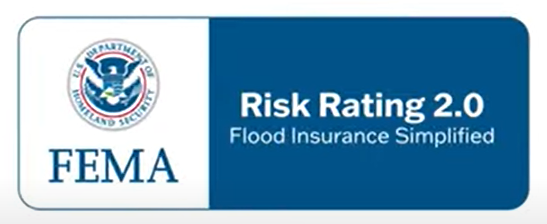
- Oct. 1, 2021: New ratings start for all new policies; Renewing policies can use new rating if a better price
- April 1, 2022: New ratings start upon renewal for existing policies
|
Video Summarizes New Rating Factors
FEMA's recent video - Risk Rating 2.0 - Equity in Action: FEMA's New Rating Methodology (5:51) - covers the main factors used in the new methodology for determining flood insurance premiums.
 Clip from the new FEMA video explaining key factors for determining cost of flood insurance policies with Risk Rating 2.0.
Note: The video is intended to illustrate the user-friendly nature of the rating engine. It is not an actual product demo.
For more information, see FEMA's Risk Rating 2.0: Equity in Action site.
|
The National Flood Insurance Program (NFIP) has had many short extensions since the last five-year extension that expired Sept. 30, 2017. The latest extension was set to expire Feb. 18, 2022. The President signed legislation passed by Congress that extends the NFIP’s authorization to Sept. 30, 2022.
FEMA reports that they and Congress have never failed to honor the flood insurance contracts in place with NFIP policyholders. Should the NFIP’s authorization lapse, FEMA would still have authority to ensure the payment of valid flood claims with available funds.
|
|
|
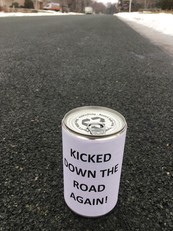 |
However, FEMA would stop selling and renewing policies for millions of properties in communities across the nation. Nationwide, the National Association of Realtors estimated in 2017 that a lapse might impact approximately 40,000 home sale closings per month. |
|
 |
FEMA Region 5 staff (based in Chicago, IL) are offering a Spring Flooding webinar on April 7, 2022, and continuing their monthly one hour virtual training series. They are FREE!
It's not too late to register for many training topics!
Spring Flooding Webinar
April 7, 2022, 1 pm CT: Spring Flooding Webinar - This webinar will provide you with the tools and resources you need to educate homeowners and increase their knowledge of the risks of flooding and benefits of flood insurance. With your help, we can reduce the financial damage communities may face due to flooding this season.
Let’s work together to build resilient communities that are prepared and protected.
Click Here to Register
Upcoming "Managing your Community's Floodplain" monthly series dates and topics:
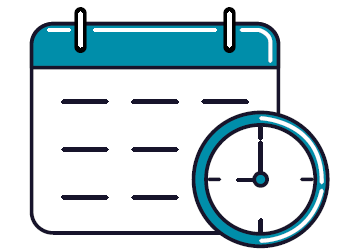
Note: All held 9-10 am Central Time.
-
Topic #4 April 27, 2022, 9-10: Substantial Damage Assessments and the SDE Tool - Register
-
Topic #5 May 25, 2022: Development Permitting – Register
-
Topic #6 June 29, 2022: NFIP Compliance
-
Topic #7 July 27, 2022: Managing FIRM Map Changes and Community Acknowledgement
-
Topic #8 August 31, 2022: Coastal Resilience and Floodplain Management
-
Topic #9 September 28, 2022: Resolving Potential Violations
-
Topic #10 October 26, 2022: Higher Standards
-
Topic #11 November 30, 2022: Basement Flooding Mitigation
-
Topic #12 December 14, 2022: No Adverse Impact
|
Important Dates to Note:
(since January 2022 Water Talk and upcoming in next couple months)
|
|
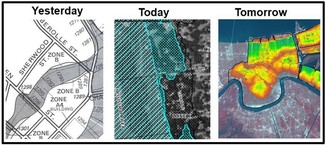 |
Preliminary Maps:
- April 2022: Pipestone and Rock Counties; Wright County (revised panels)
- May 2022: Chippewa, Le Sueur, St. Louis and Winona Counties
Local Officials Meetings & Open Houses*
- Itasca County: Local Official Meeting - March 31, 2022; Public Open House - April 12, 2022
- Lincoln County Public Open House - February 23, 2022
- Otter Tail River HUC8 Discovery Kickoff for local officials - March 30, 2022
- Rum River HUC8 Discovery Kickoff for local officials - March 31, 2022
- Twin Cities Mississippi River HUC8 (portions of Anoka, Carver, Dakota, Hennepin, Ramsey, and Washington Counties) - Local Official Flood Risk Review Meetings:
- Coon Creek Watershed - Spring 2022
- West Mississippi Watershed - Spring 2022
- Elm Creek Watershed - Fall 2022
- Vadnais Lakes Watershed - Fall 2022
- South Washington Watershed - Fall 2022
*All meetings and open houses expected to be virtual until further notice.
90-Day Appeal Periods
- Carlton County - 3/31 to 6/29/2022
- Stevens County (panels) - 2/5 to 5/16/2022
Letters of Final Determination (LFDs)
- Lyon County (panels with levees) - March 15, 2022
- Nicollet County - April 2022 (anticipated)
- Koochiching County - May 2022 (anticipated)
- Lake of the Woods County - May 2022 (anticipated)
- Pennington County - May 2022 (anticipated)
Effective (6 months after LFD date)
- Rice County (Zumbro watershed panels) - April 6, 2022
Additional Map Update Information:
|